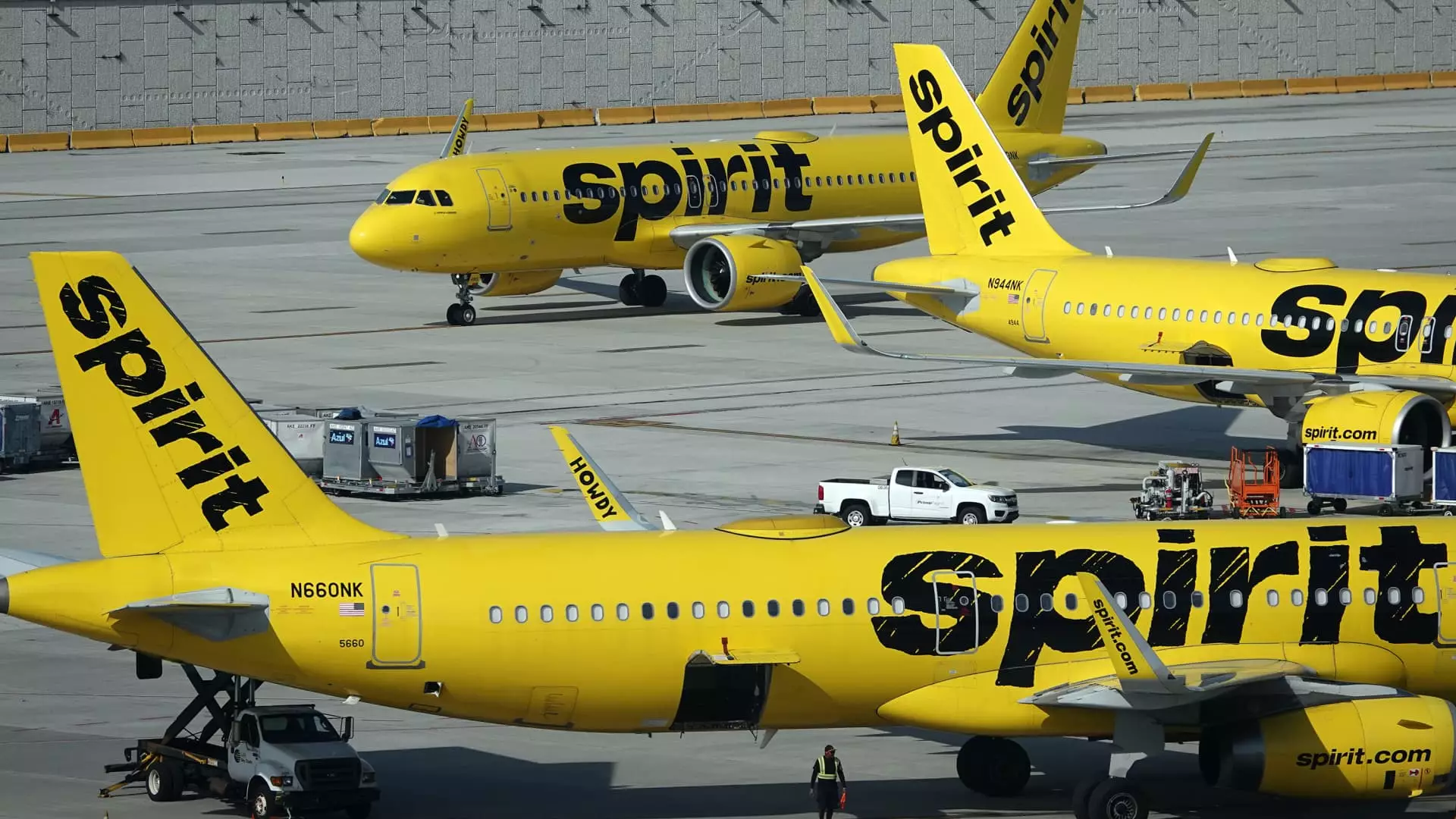In an effort to regain financial stability, Spirit Airlines has unveiled a series of aggressive strategies aimed at cost reduction and cash generation. Following a series of challenging quarters exacerbated by the pandemic’s prolonged effects, the budget carrier announced its decision to sell 23 older Airbus aircraft, a move projected to bring in approximately $519 million. This significant decision reflects Spirit’s commitment to streamline its operations and is a part of a larger strategy to reduce costs by about $80 million, primarily through workforce reductions. The airline is actively restructuring to adapt to the evolving landscape of air travel, which has seen shifts in consumer demand and operational challenges.
Adding to the complexities of its financial situation, Spirit Airlines is grappling with more than $1 billion in existing debt. The airline recently postponed its refinancing deadline until late December, a strategic maneuver that offers a temporary reprieve while they work on stabilizing their finances. This delay not only grants the company more time to negotiate favorable terms but also helps alleviate immediate pressure from creditors, particularly its credit card processing partners who are heavily integrated into the airline’s revenue model. By addressing these financial obligations head-on, Spirit is positioning itself for potential growth once favorable market conditions return.
Impact of Employee Reductions
The decision to cut costs through job redundancies is undoubtedly one of the more sensitive elements of Spirit’s restructuring plan. While the exact number of layoffs has not been publicly disclosed, the impact on employee morale and operational capacity cannot be understated. The airline has already initiated furloughs for approximately 200 pilots, a move that highlights its reduced capacity expectations for the upcoming years. Furthermore, while Spirit assures that flight attendants have a stable position due to voluntary leave uptake, the overall thinning of staff resources raises questions about the quality of service and safety during operations.
Future Prospects and Industry Dynamics
Despite these adjustments, the journey to profitability remains rocky. Spirit’s stock, having previously plummeted by over 80% this year following a blocked merger with JetBlue Airways, faces skepticism from investors and analysts alike. However, recent reports indicating renewed merger discussions between Spirit and Frontier Airlines could signal a potential path toward recovery. Such consolidation could enhance operational efficiencies, broaden market reach, and ultimately fortify Spirit’s competitive stance within the budget airline sector.
Looking ahead, Spirit Airlines has issued cautious projections for the third quarter, forecasting an operating margin of -24.5%. This forecast is an improvement from previous expectations, suggesting management’s efforts to tighten operations are beginning to bear fruit. While the airline is still far from a full recovery, the steps being taken today could pave the way for a more sustainable future as the aviation industry rebounds. The coming months will be critical, as Spirit not only navigates its internal challenges but also contends with an ever-changing market landscape.


Leave a Reply